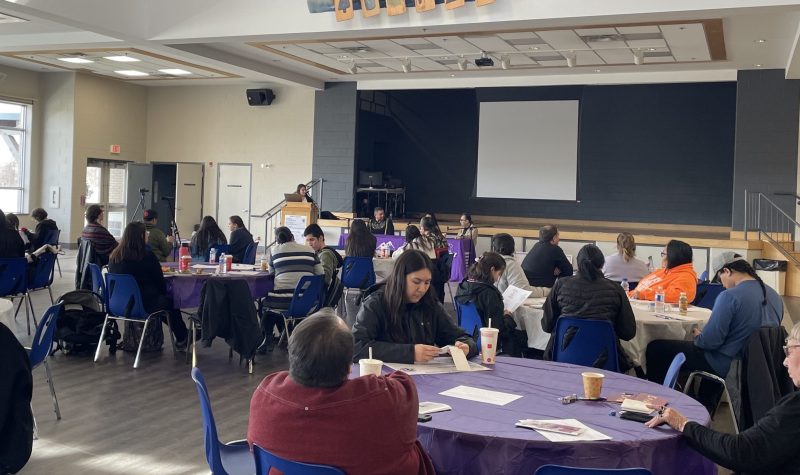Editor's Note: Amos Key is the station manager at CKRZ.
A two day language summit on Six Nations revealed that only two per cent of community members are traditional language speakers now. The information was brought forward in a presentation by researcher and Keynote speaker Sara General-Deer on day two at the Six Nations Community Hall.
But General-Deer added that action can be taken to increase the number of speakers even in small amounts. She suggested that by starting languages courses of ten people and repeating that course over ten years, it could create 100 intermediate speakers, helping make progress towards the goal to boost community fluency.
In stark contrast to that, speaker Frank (Tehanhete) Miller, as part of a panel discussion on day one, said when he grew up, he was surrounded by adult speakers who all spoke different Haudenosaunee languages.
In his wrap up, emcee Amos Key reminded everyone that residential schools took their toll on language speaking and passing it on, but he also shared how an online learning course was inspired and developed by someone whose mother attended the Mush Hole (Mohawk Institute Residential School). In addition, Key said there are some initiatives already available, such as the undergraduate program at Six Nations Polytechnic, to increase fluency.
March 31 is National Languages Day in Canada and several programming specials are taking place in the community including at Six Nations Polytechnic and on CKRZ radio where there will be a full day of language programming.
The summit took place on March 23-24. You can view the summit on the Six Nations Language Commission YouTube site.
Listen to the report below:


